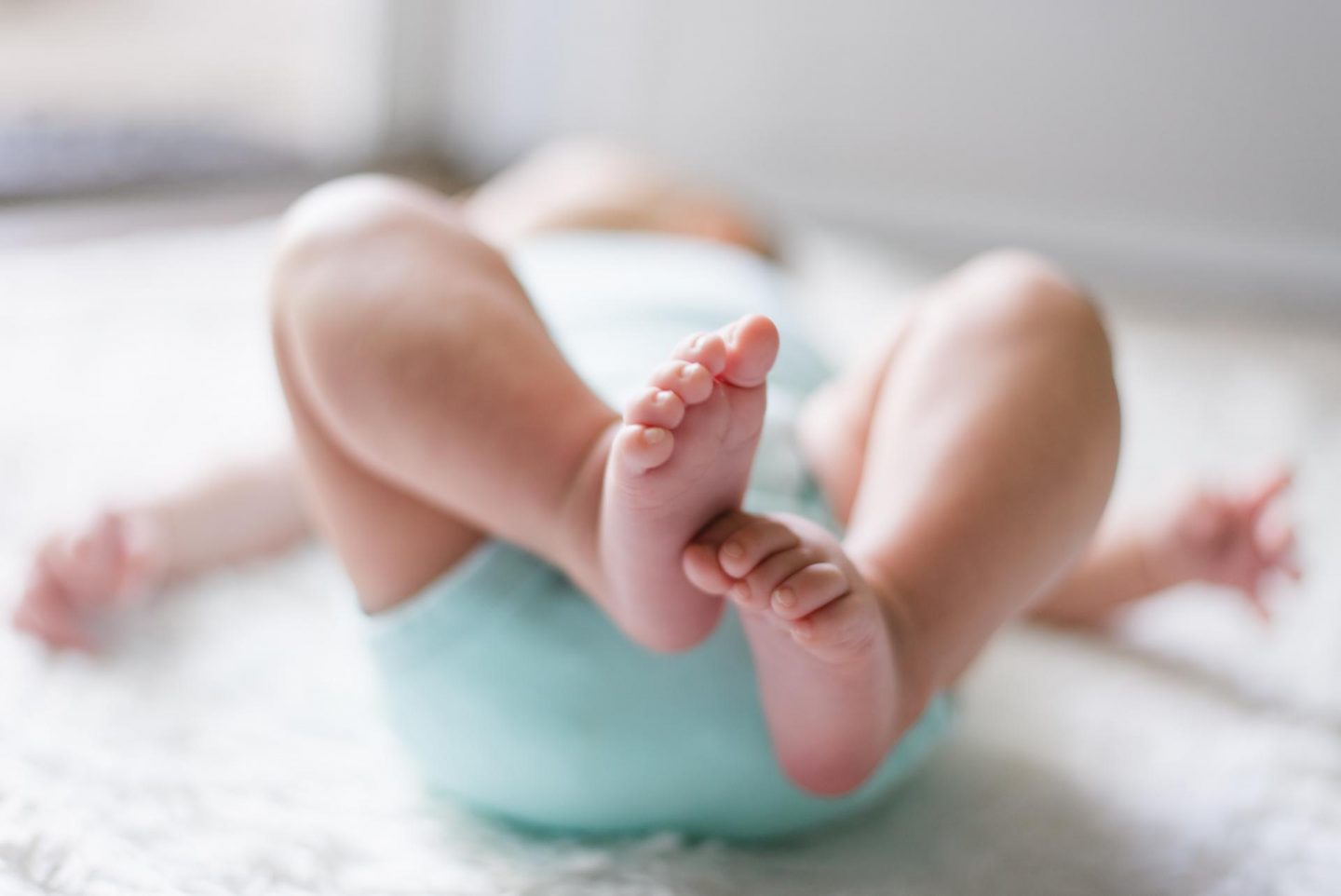Guest post

The world is undergoing a whole host of changes, particularly in the ways they are addressing gender inequality when raising children. For example, it is becoming more widely accepted for men to be stay-at-home parents while women go to work, and traditional parent stereotypes are quickly getting rewritten. Therefore, it remains a mystery that in 2022, men’s public toilets still don’t include baby changing facilities. Woosh washrooms want to look at why this is still happening.
Let’s be honest; public changing facilities aren’t always the best. Changing tables are most often found in accessible washrooms and female bathrooms. Gender-neutral washrooms are becoming more widely accepted; however, their existence is taking a while to come to light. However, even gender-neutral bathrooms often lack designated spaces for baby changing. This means a lot of dads have to change their babies on the floor rather than on a changing table. The time for change is now, and even celebrity dads, including Ashton Kutcher, are starting to recognise the issues and are getting involved with the petition for an improvement in facilities.
So, how can we spark the change? This issue will not go away on its own, but solving the problem can only encourage the balance of parental responsibility. Dads everywhere are arguing to improve the number of public facilities available for them and their children.
The Increase in Single-Parent Families
The rise of single-parent families makes male baby changing facilities more necessary than ever. The Office For National Statistics released a report in 2019 that indicated a significant rise in the number of single-parent families in the UK. While married or civil partner couples still represent the majority of families at 72.6%, lone parents now account for 14.9% of British families. This is an increase in the statistics of previous years.
What Has Changed?
Relationship breakdown is the most common reason for single-parenting. It is much more normalised and widely accepted for a couple to separate when their relationship breaks down rather than stay together just for the children. There is an increased amount of support and facilities for co-parents available.
How Has This Changed Parent Gender Stereotypes?
Single parents are changing the way we view parenting. An individual parent has all the responsibilities that would be shared between two in a partnership. Stereotypically “female” jobs such as preparing meals and changing dirty nappies are no longer just a female’s role as responsibility shifts.
Why Is This Causing An Issue?
The world is moving so quickly and adapting to the people in it. However, some aspects are taking a while to change their ways, including the world of washrooms. Until recently, there has been limited coverage or knowledge of the lack of baby changing facilities in male toilets. It is a niche issue as it affects a certain group of people. However, that doesn’t mean it should be forgotten. A viral campaign in 2018 was started by father of three, Donte Palmer. Palmer posted a picture of himself changing his son’s nappy in the men’s toilets. Thanks to the lack of facilities, he had to create a changing table using his knee. This sparked the media’s interest, and more people spoke out about their experience with the lack of changing facilities in male toilets.
Why Are Baby Changing Facilities Predominantly In Female Washrooms?
Why Having Changing Facilities In Disabled Washrooms Is A Problem
It is extremely common for baby changing facilities to be located in the accessible bathroom. On paper, this seems like a reasonable option. Traditionally accessible bathrooms have a lot more space to move around, making it easier for a parent with children to change a nappy or let them use the toilet. However, it can be problematic. Someone who requires the extra room may have to wait much longer to use their designated bathrooms while a parent changes their baby’s nappy.
There is often only one accessible toilet in any public bathroom. Regular bathroom facilities are not suitable for disabled people due to a lack of space and support. If there were more readily available changing stations in both male and female bathrooms, it would leave the accessible toilets free for people to use who need the additional space.
Dads Fighting For Change
More dads are sharing their struggles of changing nappies on bathroom floors, and their stories and campaign for change are reaching mainstream media. After the aforementioned Donte Palmer went viral for sharing his experience with the lack of facilities in male washroom facilities, a campaign led by parents of all genders was formed to end the stereotypes that restricted parents from being able to carry out equal childcare tasks.
#SquatForChange
#SquatForChange was born. Its name is inspired by the images of men squatting down to create a makeshift changing table for their babies. The number of dads looking for more ways to support their families and care for their children is increasing. Men are more willing to be active parents, but the world still needs to catch up. These fathers are now on a mission to “[…] squat until change comes,” and changing tables are available in all men’s washrooms.
How Can We Make Bathrooms More Inclusive?
Public facilities are often a good indicator of the world’s gender inclusivity. Now it is more important than ever that washrooms reflect the changes we’re experiencing regarding people’s diverse and changing needs. Bathrooms are the most frequently used facilities in everyday life, and they are used by everyone from all walks of life, genders, and sexualities. This is why it is so necessary for them to cater to this new level of diversity.
Embracing the change includes creating spaces for men to look after their children’s needs as easily as it is for women. Including changing tables in male facilities is one less stress they have to face. Installing a changing table can be a quick and easy process, so there is no excuse.
Overview
The campaign to make washrooms more inclusive is stronger than ever. Whether you are a single parent, stay-at-home parent, or know of anyone who is, you likely know of the struggles of taking care of a child single-handedly. The world of washrooms currently still caters to the female parent. This means even if a two-parent relationship, the responsibility of changing a nappy often falls on the female parent, and men seem to be forgotten about.
All of the fathers working to end this parental stereotyping are leading the way in helping to make bathroom facilities more inclusive than ever before. Ensuring washrooms that cater to everyone will also support the new needs of a more progressive and diverse society. The more you can respond to people’s needs; the more successful your washroom will be.
The fathers fighting to end parental stereotyping are paving the way to improving bathroom facilities and making them more inclusive. Ensuring washrooms cater for everyone supports the development of a more progressive and diverse society. For more information on the campaign for change or how you can help the fight toward gender neutrality in baby changing facilities, get in touch with Woosh Washrooms!
